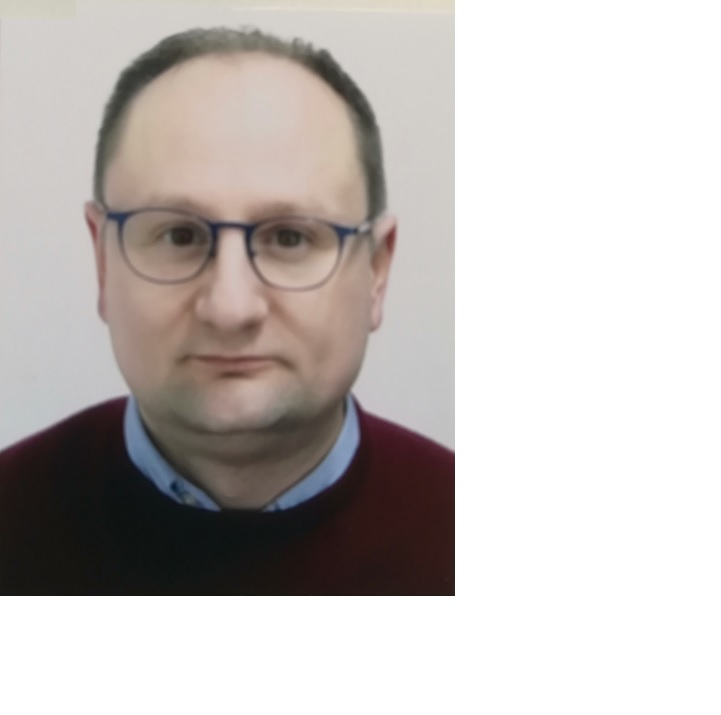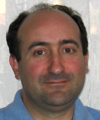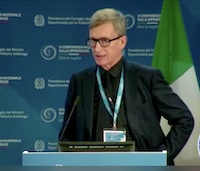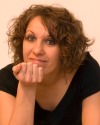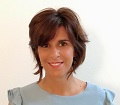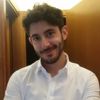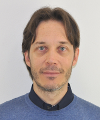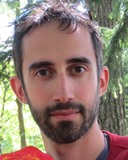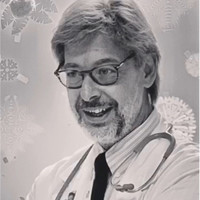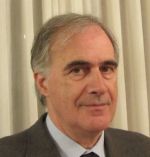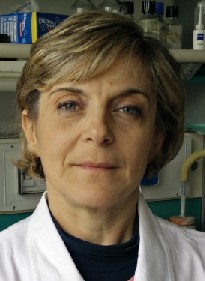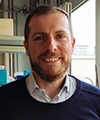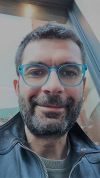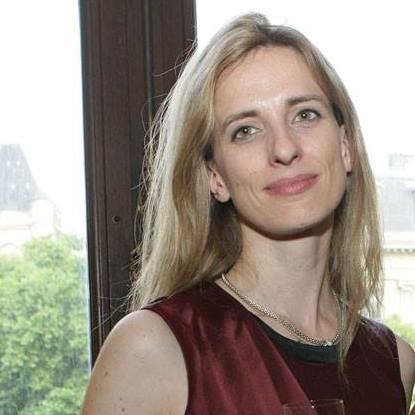Studying at the University of Verona
Here you can find information on the organisational aspects of the Programme, lecture timetables, learning activities and useful contact details for your time at the University, from enrolment to graduation.
Academic calendar
The academic calendar shows the deadlines and scheduled events that are relevant to students, teaching and technical-administrative staff of the University. Public holidays and University closures are also indicated. The academic year normally begins on 1 October each year and ends on 30 September of the following year.
Course calendar
The Academic Calendar sets out the degree programme lecture and exam timetables, as well as the relevant university closure dates..
| Period | From | To |
|---|---|---|
| 1 SEMESTRE PROFESSIONI SANITARIE | Oct 1, 2021 | Dec 23, 2021 |
| 1 e 2 SEMESTRE PROFESSIONI SANITARIE | Oct 1, 2021 | Sep 30, 2022 |
| 2 SEMESTRE PROFESSIONI SANITARIE | Jan 10, 2022 | Sep 30, 2022 |
| Session | From | To |
|---|---|---|
| ESAMI TLB SESSIONE INVERNALE 1 ANNO 2021/22 | Jan 10, 2022 | Jan 31, 2022 |
| ESAMI TLB SESSIONE INVERNALE 2 E 3 ANNO 2021/22 | Feb 1, 2022 | Feb 28, 2022 |
| ESAMI TLB SESSIONE ESTIVA 2021/22 | Jul 1, 2022 | Jul 29, 2022 |
| ESAMI TLB SESSIONE AUTUNNALE 2021/22 | Sep 1, 2022 | Sep 30, 2022 |
| Session | From | To |
|---|---|---|
| LAUREE SESSIONE AUTUNNALE 2021/22 | Oct 1, 2022 | Nov 30, 2022 |
| LAUREE SESSIONE PRIMAVERILE 2021/22 | Mar 1, 2023 | Apr 29, 2023 |
| Description | Period | From | To |
|---|---|---|---|
| TIROCINIO 3 ANNO 2021/22 | TIROCINIO 3 ANNO 2021/22 | Oct 4, 2021 | Sep 30, 2022 |
| TIROCINI PERIODO INVERNALE 2 ANNO 2021/22 | TIROCINI PERIODO INVERNALE 2 ANNO 2021/22 | Dec 1, 2021 | Jan 31, 2022 |
| TIROCINI PERIODO INVERNALE 1 ANNO 2021/22 | TIROCINI PERIODO INVERNALE 1 ANNO 2021/22 | Feb 1, 2022 | Feb 28, 2022 |
| TIROCINI 2 SEMESTRE 1 E 2 ANNO 2021/22 | TIROCINI 2 SEMESTRE 1 E 2 ANNO 2021/22 | May 2, 2022 | Jun 30, 2022 |
Exam calendar
Exam dates and rounds are managed by the relevant Medicine Teaching and Student Services Unit.
To view all the exam sessions available, please use the Exam dashboard on ESSE3.
If you forgot your login details or have problems logging in, please contact the relevant IT HelpDesk, or check the login details recovery web page.
Should you have any doubts or questions, please check the Enrollment FAQs
Academic staff
 045 500 285
045 500 285
 marina.foroni@univr.it
marina.foroni@univr.it
 guido.martignoni@univr.it
guido.martignoni@univr.it
 negrivr@tin.it
negrivr@tin.it
 bruno.sandini@aulss8.veneto.it
bruno.sandini@aulss8.veneto.it
Study Plan
The Study Plan includes all modules, teaching and learning activities that each student will need to undertake during their time at the University.
Please select your Study Plan based on your enrollment year.
1° Year
| Modules | Credits | TAF | SSD |
|---|
2° Year activated in the A.Y. 2022/2023
| Modules | Credits | TAF | SSD |
|---|
3° Year activated in the A.Y. 2023/2024
| Modules | Credits | TAF | SSD |
|---|
| Modules | Credits | TAF | SSD |
|---|
| Modules | Credits | TAF | SSD |
|---|
| Modules | Credits | TAF | SSD |
|---|
Legend | Type of training activity (TTA)
TAF (Type of Educational Activity) All courses and activities are classified into different types of educational activities, indicated by a letter.
Scientific English (2021/2022)
Teaching code
4S01572
Teacher
Coordinator
Credits
3
Also offered in courses:
- Scientific English of the course Bachelor's degree in Dental Hygiene
- Scientific English of the course Bachelor's degree in Cardiocirculatory Physiopathology and Cardiovascular Perfusion Techniques
- Scientific English of the course Bachelor's degree in Radiology Techniques for Imaging and Radiotherapy
Language
Italian
Scientific Disciplinary Sector (SSD)
L-LIN/12 - LANGUAGE AND TRANSLATION - ENGLISH
Period
1 e 2 SEMESTRE PROFESSIONI SANITARIE dal Oct 1, 2021 al Sep 30, 2022.
Learning outcomes
Students will acquire/improve their ability to understand and produce both written and oral scientific texts. Particular attention will be given to the lexical, syntactical and morphological aspects of scientific English. Lectures will include text analysis, lexical work, and practical exercises and interactive activities, therefore students’ participation is strongly recommended.
Program
Introduction to medical English, brief history, morphology
Health and illness, parts of the body
The national health care system, hospitals and primary care, health professionals
Symptoms and signs, basic investigations
Taking a history, physical and mental examination
Radiology: The skeletal system, X-ray, CT, MRI and ultrasound, verbs used in instructions
Dental care: The oral cavity, basic dental anatomy and tooth surfaces
Cardiocirculatory physiopathology: Blood, heart and circulation, ECG
Biomedical laboratory: Screening and immunization, infections, laboratory tests
Clinical scientific research: epidemiology, research studies, ethics
Data presentation and visualization
Scientific articles – structure and contents
Posters and presentations
Revision and consolidation of selected grammar topics (intermediate/advanced level) throughout the course
Bibliography
Examination Methods
Written exam at the end of the course.
Career prospects
Module/Programme news
News for students
There you will find information, resources and services useful during your time at the University (Student’s exam record, your study plan on ESSE3, Distance Learning courses, university email account, office forms, administrative procedures, etc.). You can log into MyUnivr with your GIA login details: only in this way will you be able to receive notification of all the notices from your teachers and your secretariat via email and also via the Univr app.
Gestione carriere
Graduation
Risultati di apprendimento attesi
Orario Lezioni
Si pubblicano gli orari definitivi delle lezioni relativi al 2° semestre dell'A.A. 2023/2024:
La frequenza in aula delle lezioni è obbligatoria ed è prevista per tutti e tre gli anni di corso.
1 ANNO: Aula B lente se non diversamente indicato
2-3 anno Aula F biologici
Documents
| Title | Info File |
|---|---|
|
|
pdf, it, 35 KB, 26/09/23 |
|
|
pdf, it, 32 KB, 22/02/24 |
|
|
pdf, it, 31 KB, 29/09/23 |
|
|
pdf, it, 33 KB, 27/02/24 |
|
|
pdf, it, 28 KB, 28/09/23 |
|
|
pdf, it, 28 KB, 22/02/24 |
Documenti utili
In questa pagina è inserita la guida che detta istruzioni per i casi di infortunio durante le attività di tirocinio con la modulistica da compilare.
Una volta compilata la modulistica questa va consegnata all'Unità operativa Servizi Logistici dell'Università di Verona.
Documents
| Title | Info File |
|---|---|
|
|
pdf, it, 948 KB, 10/12/21 |
|
|
msword, it, 46 KB, 10/12/21 |
|
|
pdf, it, 527 KB, 10/12/21 |
|
|
pdf, it, 164 KB, 10/12/21 |
|
|
pdf, it, 1252 KB, 12/03/24 |
|
|
msword, it, 148 KB, 10/12/21 |
Calendario Esami
in questa pagina verranno pubblicati i calendari degli esami del Corso di Laurea.
Si ricorda che l'applicativo delle iscrizioni agli esami apre le iscrizioni 30 giorni prima della data prevista dell'appello, e le chiude inderogabilmente 3 giorni prima dell'esame fissato.
05.06.2024
Si informano gli studenti che vengono ripubblicati tutti i calendari degli esami con alcune aule d'esame cambiate rispetto alla precedente versione a causa del guasto tecnico che ha coinvolto il piano inferiore della lente didattica motivo per cui le aule di detto piano saranno inagibili per i prossimi mesi.
Gli spostamenti di ufficio delle aule d'esame sono evidenziati dal colore azzurro per quanto riguarda le nuove aule di assegnazione e con le celle in bianco per distinguerle dalla versione precedente del calendari.
Gli altri esami rimangono fermi nelle date, orari e luoghi d’esame non essendo interessati dai cambiamenti resi necessari dal guasto tecnico occorso la settimana scorsa.
Si prega di prendere nota delle variazioni comunicate;
La segreteria del Corso
Documents
| Title | Info File |
|---|---|
|
|
pdf, it, 51 KB, 05/06/24 |
|
|
pdf, it, 52 KB, 05/06/24 |
|
|
pdf, it, 52 KB, 29/05/24 |
|
|
pdf, it, 47 KB, 05/06/24 |
|
|
pdf, it, 60 KB, 05/06/24 |
|
|
pdf, it, 50 KB, 05/06/24 |
Documents
| Title | Info File |
|---|---|
|
|
msword, it, 50 KB, 09/12/21 |
|
|
octet-stream, it, 107 KB, 09/12/21 |
|
|
pdf, it, 948 KB, 09/12/21 |
|
|
pdf, it, 527 KB, 09/12/21 |
|
|
octet-stream, it, 61 KB, 09/12/21 |
|
|
pdf, it, 164 KB, 09/12/21 |
|
|
msword, it, 98 KB, 09/12/21 |
|
|
msword, it, 148 KB, 09/12/21 |
Student login and resources
Attività a scelta dello studente
in questa pagina vengono pubblicati i calendari dei seminari e delle attività a scelta dello studente che il corso propone agli studenti immatricolati con gli aggiornamenti delle attività didattiche che di volta in volta vengono programmate e rese disponibili
Documents
| Title | Info File |
|---|---|
|
|
pdf, it, 100 KB, 12/04/24 |
|
|
pdf, it, 128 KB, 05/04/24 |

